Rethink Your Decor: DIY Pet Furniture
Are you tired of your home looking like a pet supply store? Do you wish your furry friends had furniture that not only met their needs but also complemented your home decor? Well, you’re in luck! It's time to rethink your decor and embrace the world of DIY pet furniture. Imagine a stylish pet bed that doubles as a chic side table or a cozy nook that blends seamlessly with your living room. With a little creativity and some elbow grease, you can create pieces that are both functional and aesthetically pleasing.
DIY pet furniture is not just about practicality; it’s also about showcasing your personal style. It’s an opportunity to express yourself while ensuring your pets are comfortable and happy in their own space. Whether you have a rambunctious puppy or a regal feline, crafting your own pet furniture allows you to tailor designs to their specific needs. Plus, it can be a fun project that strengthens the bond between you and your furry friend.
So, where do you start? First, consider the type of furniture that would best suit your pet's lifestyle. Do they need a cozy spot to curl up in, or are they more inclined to stretch out on a larger surface? Once you have a vision, it’s essential to select the right materials. Think about durable, pet-friendly options that can withstand wear and tear. Remember, your DIY project should be as much about your pet’s comfort as it is about your home’s style.
As you embark on this creative journey, don’t forget to incorporate elements that reflect your personal taste. From color schemes to patterns, every detail counts. You might want to choose hues that harmonize with your existing decor, ensuring that your pet’s furniture doesn’t clash with your home’s aesthetic. After all, a well-designed pet corner can elevate the overall look of your living space.
In this article, we'll explore various aspects of DIY pet furniture, from choosing the right materials to designing multi-functional pieces. We will also touch on safety considerations to ensure your pets are secure while enjoying their new furniture. So grab your tools, unleash your creativity, and let’s dive into the exciting world of DIY pet furniture that both you and your pets will love!
- What materials are best for DIY pet furniture? Look for durable, pet-friendly materials like hardwoods, non-toxic fabrics, and finishes that are safe for animals.
- How can I ensure my pet furniture is safe? Avoid sharp edges, use non-toxic finishes, and ensure that the furniture is sturdy enough to support your pet's weight.
- Can I customize pet furniture to fit my pet's size? Absolutely! Measure your pet and design furniture that accommodates their specific needs for comfort and space.
- What are some simple DIY projects for beginners? Start with projects like a simple pet bed, a food station, or a cozy nook that don't require advanced woodworking skills.
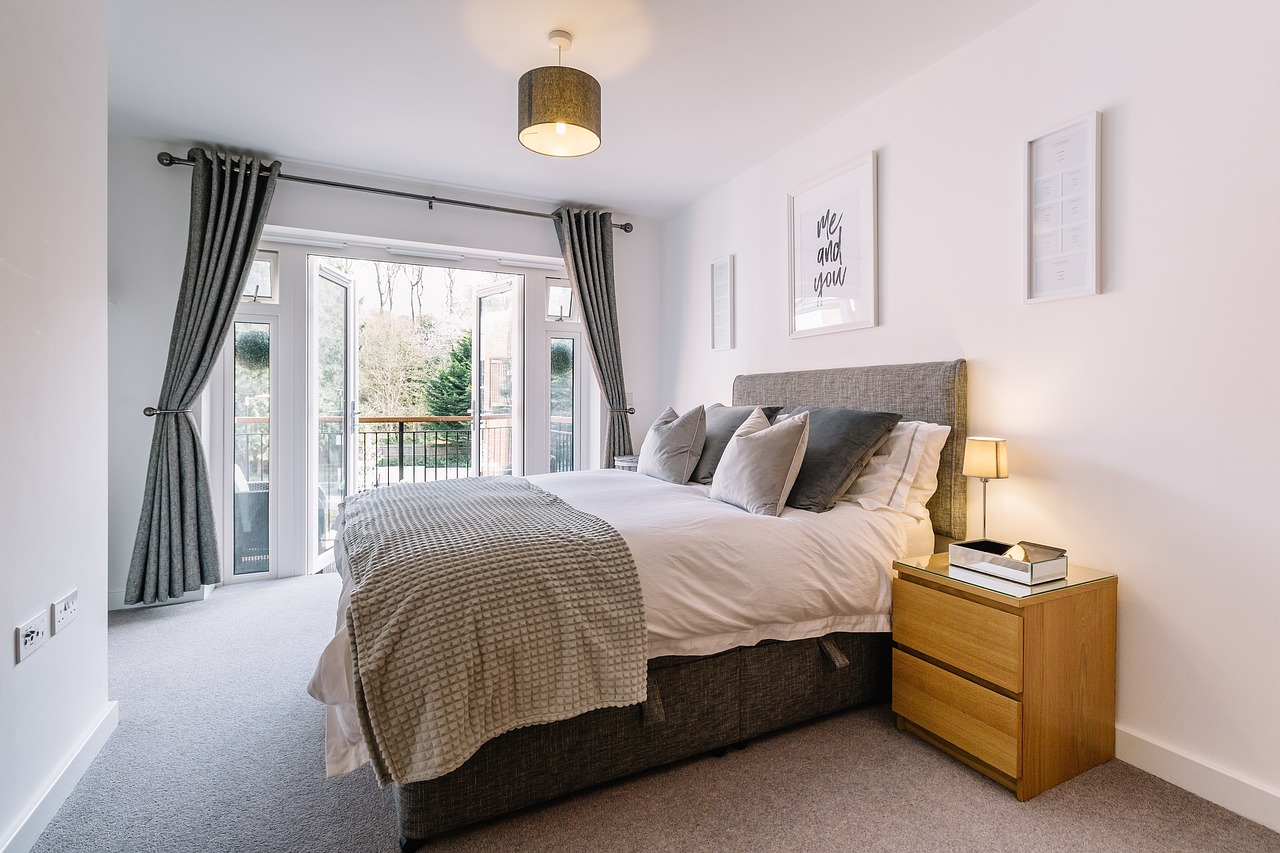
Choosing the Right Materials
When it comes to designing pet furniture, the materials you choose can make all the difference between a stylish piece that lasts and a flimsy one that falls apart after a few uses. Your furry friends deserve the best, and that starts with selecting pet-friendly materials that are both durable and safe. So, what should you consider? Let’s dive into the world of materials!
First and foremost, wood is a fantastic option for pet furniture. Not only does it offer a sturdy base, but it also brings a touch of elegance to your home decor. However, not all woods are created equal. Opt for hardwoods like oak or maple, which can withstand the wear and tear of playful paws. Additionally, make sure to use non-toxic finishes to keep your pets safe. If you’re concerned about your pet chewing on the furniture, consider using laminate or plywood instead, as they are less appealing to gnaw on.
Next up is fabric. Choosing the right fabric is crucial, especially if your pet loves to lounge. Look for materials that are durable and easy to clean, such as canvas or microfiber. These fabrics can handle the occasional spill or accident, making them ideal for pet furniture. Plus, they come in a variety of colors and patterns, allowing you to express your style. Just remember, while soft fabrics might be inviting, they can also attract fur and dirt, so a fabric that’s easy to maintain is key!
Now, let’s talk about non-toxic finishes. You might not think about this at first, but the finishes you apply to your furniture can pose risks to your pets. Many paints and varnishes contain harmful chemicals that can be toxic if ingested. Always opt for water-based finishes or those labeled as non-toxic. These options are not only better for your pets but also for the environment. You want your home to be a safe haven for your furry friends, and the right finishes can help achieve that.
To summarize, here are the key materials to consider when creating pet furniture:
- Wood: Choose hardwoods like oak or maple for durability.
- Fabric: Look for durable, easy-to-clean materials like canvas or microfiber.
- Non-toxic finishes: Always opt for water-based or non-toxic options to keep your pets safe.
Incorporating these materials will not only enhance the look of your home but also ensure that your pets are comfortable and secure. Remember, the right materials can transform a simple piece of furniture into a beloved sanctuary for your furry companions. So, as you embark on your DIY journey, keep these tips in mind, and you’ll create functional and stylish pet furniture that both you and your pets will love!
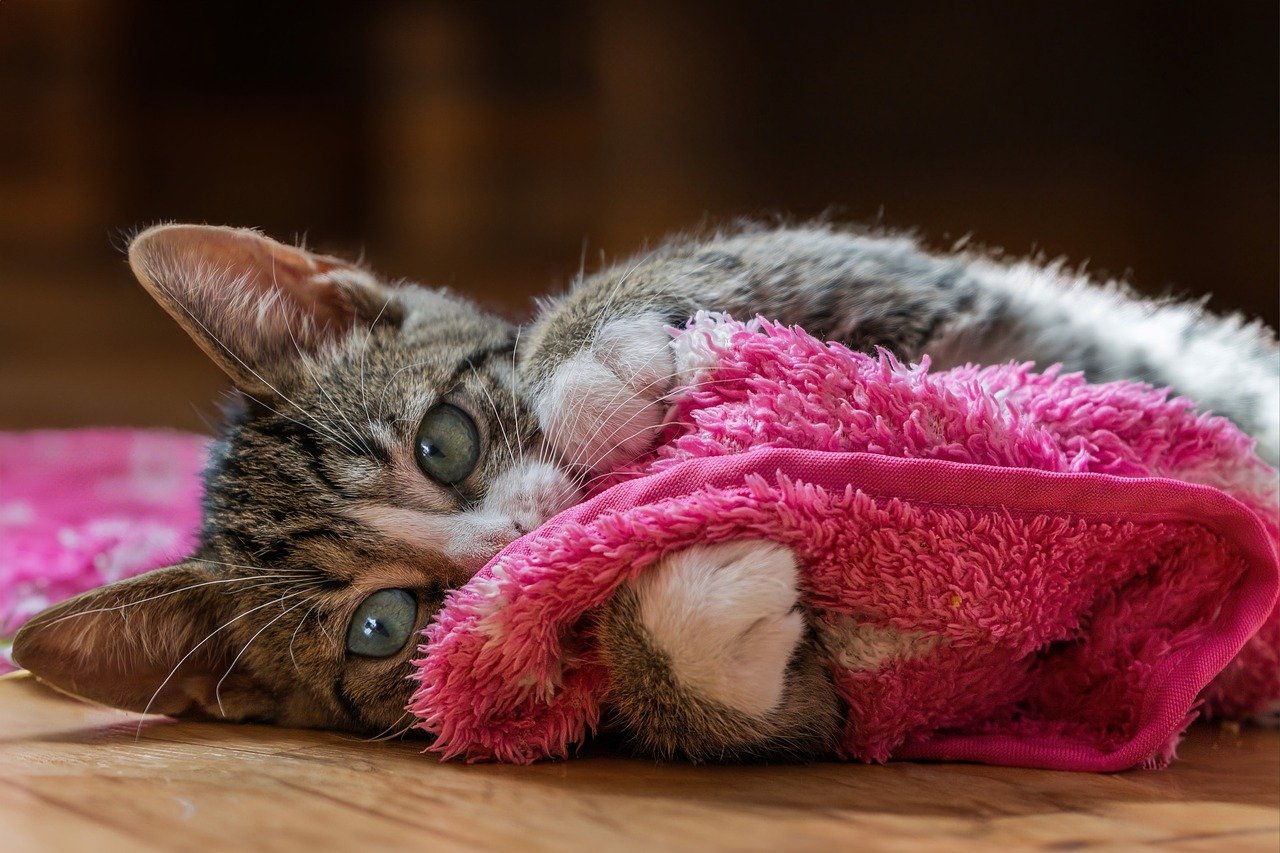
Designing Multi-Functional Pieces
When it comes to pet furniture, why settle for something that only serves one purpose? not only maximizes your space but also adds an element of creativity to your home. Imagine a cozy pet bed that doubles as a stylish ottoman or a chic coffee table with hidden storage for your pet's toys! This approach not only enhances the aesthetic of your living space but also keeps your furry friends comfortable and happy.
One of the best ways to start is by thinking about the common areas in your home where your pets like to hang out. For instance, in your living room, a bench that serves as a seat for humans and a resting area for your dog can be a game-changer. You can even create a dual-purpose piece that features a cat scratching post integrated into a bookshelf, giving your feline friend a place to scratch while keeping your books organized. The key is to envision how your furniture can serve both you and your pets.
Here are a few examples of multi-functional pet furniture that can inspire your DIY projects:
- Pet Beds with Storage: These beds come with drawers or compartments underneath where you can store blankets, toys, or even treats. This is perfect for keeping your space tidy while providing a cozy spot for your pet.
- Coffee Tables with Pet Areas: Imagine a coffee table with a built-in nook for your pet to curl up in. This way, they can be part of the family gatherings without taking up extra space.
- Dining Tables with Pet Feeding Stations: A clever design that incorporates a feeding station within your dining area can help keep your pet fed without cluttering your kitchen.
By thinking outside the box, you can create furniture that not only looks great but also serves multiple purposes. The beauty of DIY is that you can customize these designs to fit your specific needs and the dimensions of your home. Plus, you can choose materials and colors that align with your existing decor, ensuring that everything flows beautifully.
However, while designing these multi-functional pieces, always keep your pet's comfort and safety in mind. Ensure that the surfaces are soft and inviting, and that there are no sharp edges that could harm your furry friend. Remember, a happy pet makes for a happy home!
Q: What materials are best for multi-functional pet furniture?
A: Look for durable materials such as hardwood or high-quality plywood for the structure. Soft fabrics like microfiber or canvas are great for upholstery, while non-toxic finishes are essential for safety.
Q: Can I make multi-functional furniture if I'm a beginner?
A: Absolutely! Start with simple designs and gradually take on more complex projects as you gain confidence. There are plenty of tutorials available online to guide you through the process.
Q: How do I ensure my pet's safety with DIY furniture?
A: Always avoid sharp edges, use non-toxic finishes, and ensure that any moving parts are secure. Regularly check the furniture for wear and tear to keep your pet safe.
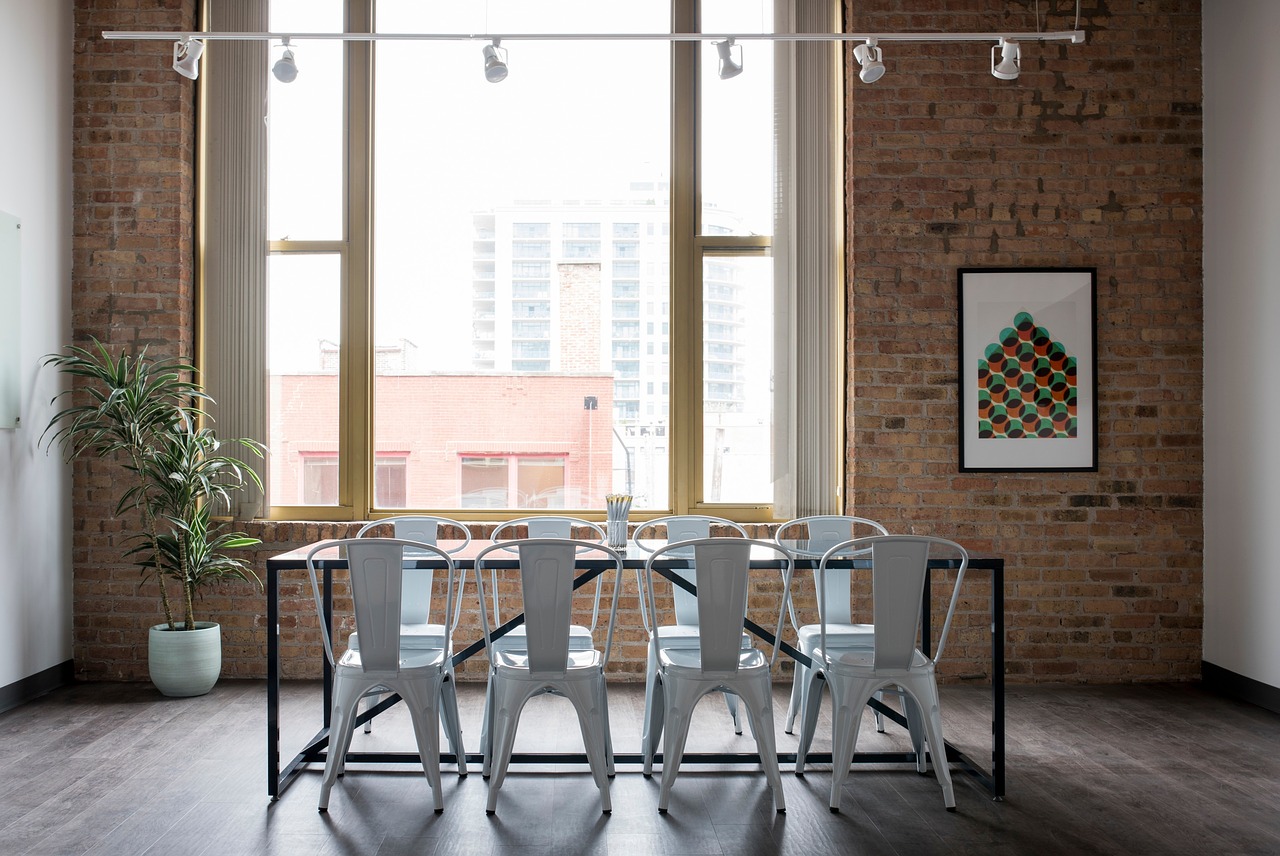
Incorporating Style into Function
When it comes to designing pet furniture, the challenge lies in marrying style with functionality. You want your furry friends to have a cozy place to lounge, but you also don't want your home to resemble a pet store. So, how do you strike that perfect balance? Think of your pet's furniture as an extension of your home decor. It should not only serve its purpose but also enhance the overall aesthetic of your living space.
One of the best ways to achieve this harmony is by choosing furniture that seamlessly blends in with your existing decor. For instance, consider a chic pet bed that resembles a stylish ottoman. This way, you can provide your pet with a comfortable spot while ensuring it complements your living room’s design. Imagine a plush, tufted dog bed that doubles as a coffee table—functional for you and cozy for your pup!
Additionally, incorporating color schemes and patterns that resonate with your home's palette can elevate the look of your pet furniture. For example, if your living room features a neutral color palette, you might opt for pet furniture in soft grays or beiges. On the other hand, if your space is vibrant and colorful, consider using bold patterns that can withstand the wear and tear of daily use. Just like you would accessorize an outfit, think of your pet furniture as a way to accessorize your home.
Moreover, you can add a personal touch by customizing your pet’s furniture. This could be as simple as choosing a fabric that reflects your style or as intricate as adding decorative elements like cushions or throw blankets that match your decor. The goal is to create a space where both you and your pet feel comfortable and happy. Remember, the furniture should not only be a place for your pet to rest but also a part of your home that you enjoy looking at.
Lastly, don't underestimate the power of multi-functional designs. Furniture that serves more than one purpose can be a game changer. Think of a stylish side table that has a hidden compartment for your pet's toys or a beautiful bench that provides both seating and a cozy nook for your cat. These innovative pieces not only save space but also add an element of surprise to your decor.
In summary, incorporating style into function when designing pet furniture is all about creativity and personalization. By choosing the right materials, colors, and designs, you can create a harmonious environment that both you and your pet will love. So, unleash your inner designer and let your pet furniture tell a story that reflects your unique style!
- What materials are best for pet furniture? - Look for durable, pet-friendly materials like hardwood, non-toxic fabrics, and finishes that can withstand wear and tear.
- How can I customize pet furniture? - You can customize pet furniture by selecting fabrics, colors, and designs that match your home decor, or by adding personal touches like cushions or decorative elements.
- Are there safe finishes for pet furniture? - Yes, there are many non-toxic finishes available that are safe for both pets and humans, such as water-based paints and natural oils.
- How can I ensure my DIY pet furniture is safe? - Always check for sharp edges, ensure stability, and avoid using materials that can be harmful to pets.
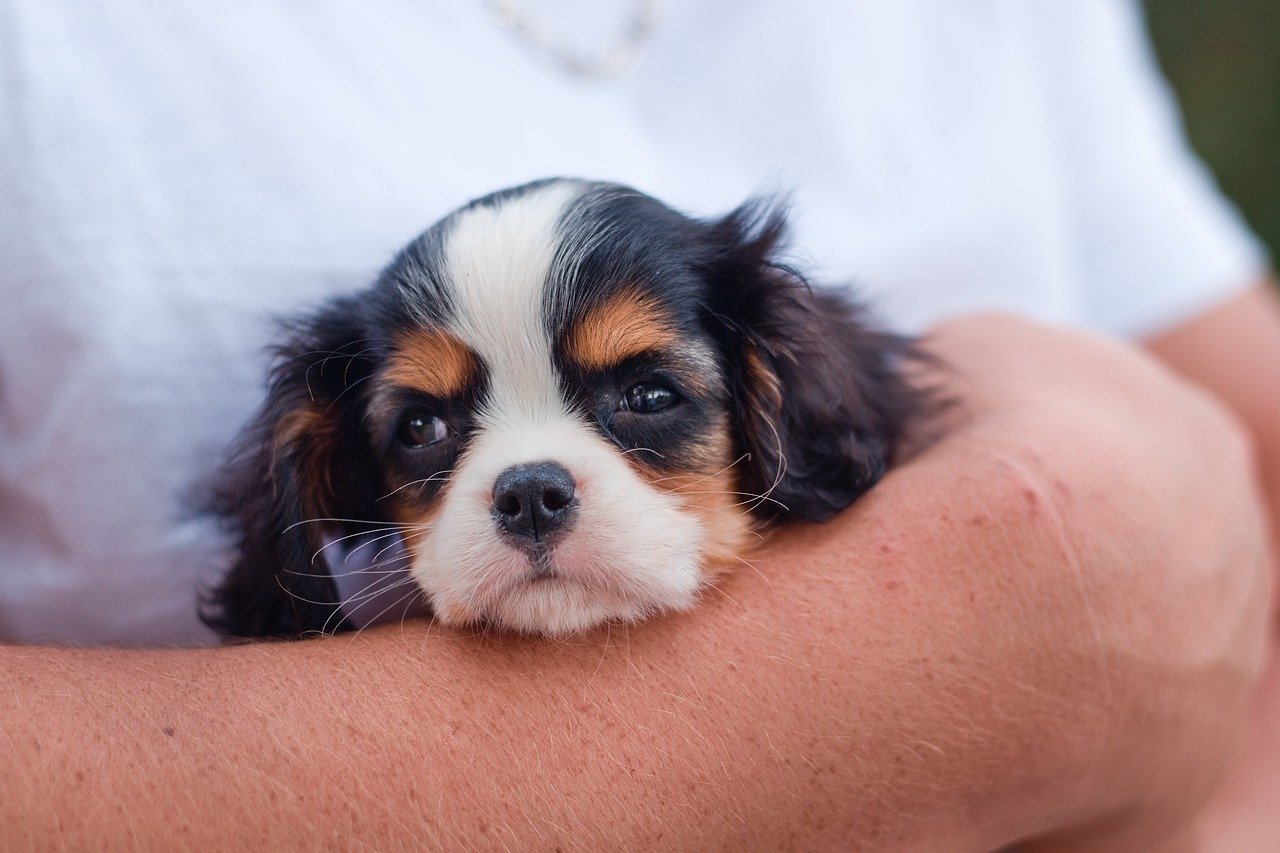
Color Schemes and Patterns
When it comes to designing pet furniture, play a pivotal role in ensuring that your furry friends' spaces blend seamlessly with your home decor. Imagine walking into a room where your pet's bed or play area not only serves its purpose but also enhances the overall aesthetic. It's like having a piece of art that your pet can lounge on! Choosing the right hues can make all the difference, transforming an ordinary pet corner into a stylish statement.
First, consider the existing color palette of your home. Are your walls painted in soft pastels, or do you prefer bold, vibrant colors? This will guide your choices. For instance, if you have a neutral color scheme, introducing a pop of color through your pet furniture can create a delightful focal point. Think of it as accessorizing an outfit with a striking handbag or scarf. On the other hand, if your home is already bursting with colors, you might want to opt for more subdued tones in your pet furniture to avoid overwhelming the space.
In addition to color, patterns can significantly impact the visual appeal of your pet furniture. Patterns can range from playful prints to sophisticated designs, and they can reflect your personality and style. For example, if you love a modern aesthetic, geometric patterns in muted colors can add a contemporary touch. Conversely, if your style leans towards the cozy and eclectic, floral or animal prints could be the perfect fit. Remember, the key is to choose patterns that not only look good but are also practical. Fabrics with busy patterns can help hide pet hair and stains, making maintenance a breeze.
For those who are a bit more adventurous, you might want to consider a mix-and-match approach. This involves combining different colors and patterns in a cohesive way that still feels harmonious. For example, pairing a striped cushion with a polka dot bed can create a fun, whimsical vibe. Just ensure that the colors complement each other; using a color wheel can be a handy tool here. You could even create a small
| Color | Pattern | Style |
|---|---|---|
| Soft Blue | Floral | Cozy |
| Bold Red | Geometric | Modern |
| Earthy Green | Animal Print | Eclectic |
Ultimately, the goal is to create a space where both you and your pet feel comfortable and happy. By thoughtfully selecting colors and patterns, you can ensure that your pet furniture not only serves its purpose but also contributes to the beauty of your home. So, when you’re out shopping or crafting your own pieces, keep these tips in mind to make informed choices that reflect your unique style while catering to your pet’s comfort!

Customizing for Your Pet’s Size
When it comes to creating pet furniture, one size definitely does not fit all. Just like us, our furry friends come in various shapes and sizes, and it's crucial to customize their furniture to ensure their comfort and happiness. Imagine a Great Dane trying to curl up in a bed designed for a Chihuahua—it's not just impractical; it's downright unfair! So, how do you go about designing furniture that fits your pet like a glove?
First, start by measuring your pet. This is your golden ticket to creating the perfect piece of furniture. Use a tape measure to get the following dimensions:
- Length: Measure from the tip of their nose to the base of their tail.
- Height: Measure from the ground to the top of their shoulder.
- Width: Measure the widest part of their body, usually around the chest or hips.
Once you have these measurements, you can begin designing furniture that caters specifically to your pet's needs. For instance, if you have a large breed dog, consider building a bed that’s not only spacious but also elevated to help keep them cool and comfortable. On the other hand, for smaller pets, cozy nooks and crannies can provide a sense of security, making them feel right at home.
Another important aspect to consider is the style of the furniture. Think about how your pet likes to sleep. Do they sprawl out or curl up? This can influence the shape and design of the bed or furniture you create. For example, a pet that loves to stretch out might prefer a long, flat bed, while a pet that enjoys burrowing might appreciate a cave-like structure.
Additionally, don’t forget to consider your pet's age and health. Older pets may benefit from lower beds that are easier to access, while younger, more active pets might enjoy climbing or jumping onto furniture. Customizing for your pet's size and needs not only enhances their comfort but also promotes their well-being.
In conclusion, customizing pet furniture is a delightful way to show your love and care for your furry friend. By taking the time to measure, design, and consider their unique preferences, you can create a space that is as stylish as it is functional. Remember, the goal is to make your pet feel at home while seamlessly blending the furniture into your existing decor.
Q: How do I measure my pet for custom furniture?
A: Use a tape measure to get the length, height, and width of your pet. This will help ensure the furniture fits them perfectly.
Q: What materials are best for pet furniture?
A: Look for durable, pet-friendly materials that are easy to clean. Fabrics like canvas or microfiber are great choices, while wood should be sealed with non-toxic finishes.
Q: Can I make furniture for multiple pets?
A: Absolutely! Just make sure to consider the sizes and preferences of all your pets when designing the furniture. You might even create multi-level structures for climbing or lounging!

DIY Projects for Beginners
Are you ready to dive into the world of DIY pet furniture but feeling a bit intimidated? Fear not! There are plenty of simple projects that even the most novice of crafters can tackle. Imagine transforming a few basic materials into something that not only looks great in your home but also gives your furry friend a cozy spot to lounge. DIY projects are not just about saving money; they’re also about creating something unique that reflects your style while catering to your pet's needs.
One of the easiest projects to start with is a pet bed. You can use an old wooden crate or a sturdy cardboard box as the base. Just add a soft cushion or blanket, and you have an instant bed! If you're feeling a bit more adventurous, you can paint the crate to match your decor. This not only makes it visually appealing but also gives your pet a dedicated space that feels like home. To make it even more special, consider adding a personalized touch, like your pet's name stenciled on the side.
Another fantastic beginner project is a cat tree or scratching post. All you need is a sturdy base, some wood, sisal rope, and a few platforms. You can create multiple levels for your feline friend to explore and climb. The best part? You can customize it to fit any corner of your home, ensuring it complements your existing decor. Plus, you’ll save your furniture from those inevitable claw marks!
If you have a small dog or a puppy, a storage ottoman that doubles as a pet bed can be a game-changer. Here’s how: take an old ottoman, cut a hole in the side for easy access, and line the inside with a comfy blanket or dog bed. Not only does this provide a cozy hideaway for your pup, but it also keeps your living space tidy by hiding away toys and treats. How’s that for multifunctional?
Lastly, don’t forget about the benefits of using recycled materials. Old furniture, like a side table or a bookshelf, can be repurposed into pet furniture. For instance, an old side table can be transformed into a stylish pet feeding station. Just remove the top and replace it with a surface that can hold bowls, or even better, create a pull-out drawer for storing pet supplies. The possibilities are endless, and the satisfaction of creating something from scratch is incredibly rewarding!
Before you start your DIY adventure, remember to gather all necessary tools and materials. Here’s a quick checklist to ensure you’re prepared:
- Measuring tape
- Wood glue or screws
- Paint or stain (non-toxic)
- Soft fabric or cushions
- Basic tools (screwdriver, saw, etc.)
With these beginner-friendly projects, you can create beautiful and functional pet furniture that you and your furry friends will love. So, roll up your sleeves, unleash your creativity, and get crafting!
Q: What materials are safe for DIY pet furniture?
A: It's best to use non-toxic, pet-safe materials like untreated wood, natural fabrics, and non-toxic finishes. Always check labels to ensure safety.
Q: How can I ensure the furniture is sturdy enough for my pet?
A: Make sure to use strong materials and secure joints. For larger pets, consider using thicker wood and reinforce with screws.
Q: Can I customize DIY furniture for different types of pets?
A: Absolutely! Measure your pet's size and needs before starting your project. You can adjust dimensions and features to suit cats, dogs, or even rabbits.
Q: What if I'm not very crafty?
A: Start with simple projects and gradually work your way up. There are plenty of tutorials available online that can guide you through the process step by step.

Safety Considerations
When it comes to creating DIY pet furniture, safety should always be your top priority. After all, our furry friends rely on us to provide them with a safe and comfortable environment. The materials you choose, the design of the furniture, and how you construct it all play a crucial role in ensuring your pet's safety. One of the first things to consider is the choice of materials. Opt for non-toxic, pet-friendly materials that won't harm your pets if they chew or scratch at the furniture. This means avoiding any finishes or paints that contain harmful chemicals, as these can be detrimental to your pet's health.
Another aspect to focus on is the design of the furniture itself. Make sure that there are no sharp edges or protruding parts that could potentially injure your pet. For instance, if you're building a raised bed or a shelf for your pet, ensure that all edges are rounded off and that there are no nails or screws sticking out. It’s also wise to consider the stability of the furniture. A wobbly or unstable piece can easily tip over, posing a hazard to your pet. To avoid this, ensure that any furniture you create is sturdy and can withstand the weight and activity level of your pet.
In addition to these considerations, you should also think about the size and scale of the furniture in relation to your pet. A piece that is too small may not provide adequate support, while one that is too large could become a dangerous climbing hazard. Always measure your pet and design accordingly. For example, if you're building a pet ramp or steps, make sure they are not too steep, which could lead to falls or injuries.
Finally, it’s essential to regularly inspect the furniture for any signs of wear and tear. Pets can be surprisingly tough on their belongings, and what might start as a safe piece of furniture can quickly become a hazard if not maintained. Look for any loose parts, frayed edges, or signs of chewing, and repair or replace items as necessary.
By taking these safety considerations into account, you can create a beautiful and functional space for your pets that also prioritizes their well-being. Remember, a little extra effort in the planning and building stages can go a long way in ensuring that your pet enjoys their new furniture safely.
- What materials are considered safe for pet furniture? Look for non-toxic woods, fabrics, and finishes that are free from harmful chemicals.
- How can I ensure my DIY pet furniture is stable? Make sure to use sturdy materials and check for stability during construction. Adding weight to the bottom can also help.
- What should I do if my pet damages the furniture? Regularly inspect the furniture and repair any damage promptly to prevent injuries.
- Are there any specific designs that are safer for pets? Yes, designs with rounded edges, low heights, and stable bases are generally safer for pets.
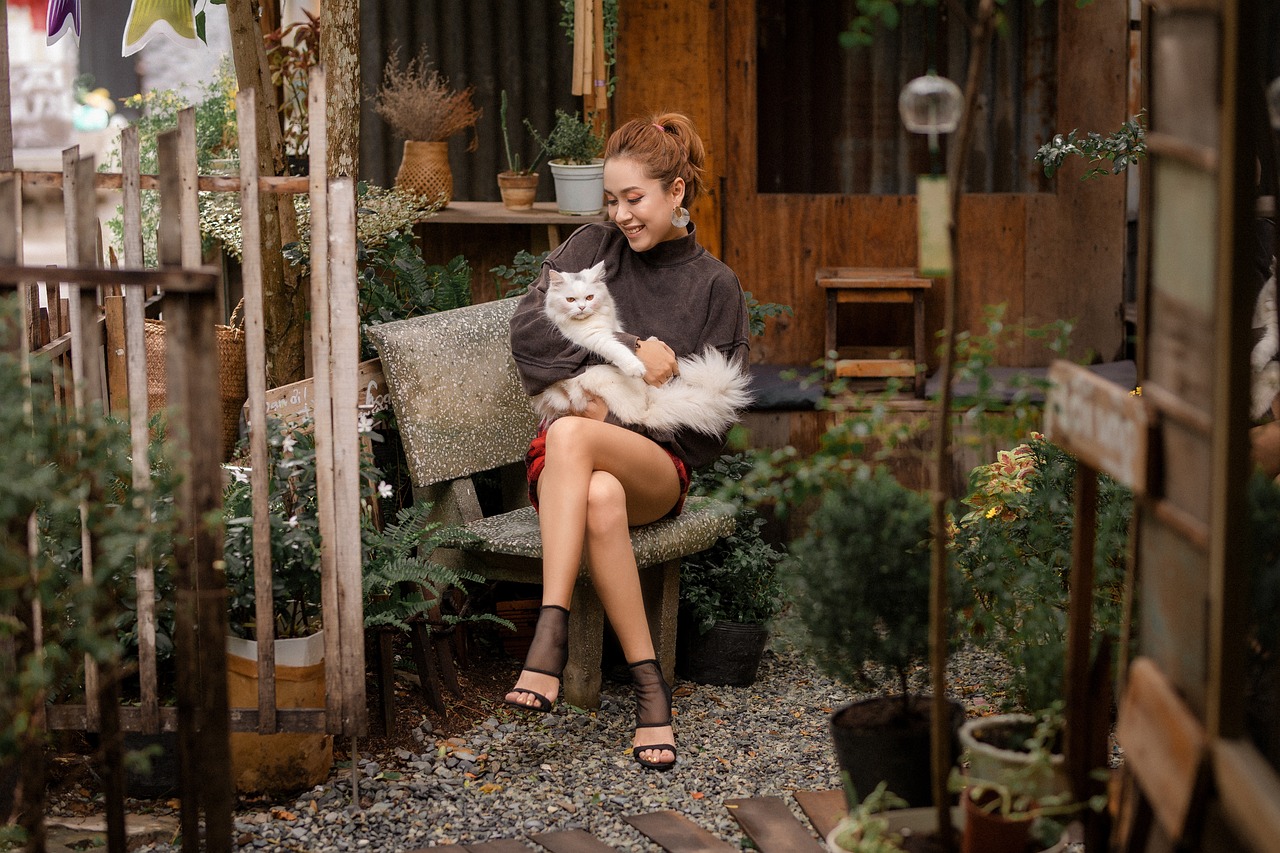
Choosing Non-Toxic Finishes
When it comes to creating furniture for your furry friends, one of the most important aspects to consider is the type of finishes you use. After all, your pets are curious creatures, and they often explore their environment with their mouths. This is why is not just a preference; it's a necessity. You want to ensure that the materials you select are safe for your pets and your family. So, what options do you have? Let's dive into some fantastic choices that will keep your home stylish and safe.
First off, you might want to look into water-based paints and finishes. These are not only eco-friendly, but they also have lower levels of volatile organic compounds (VOCs), which means they emit fewer harmful fumes. This is particularly important for pets, as they can be sensitive to strong odors and chemicals. Water-based finishes dry quickly and are easy to clean up, making them a great choice for DIY projects.
Another excellent option is natural oils such as linseed or tung oil. These oils penetrate the wood, providing a protective layer that enhances the natural beauty of the material. They are non-toxic and safe for pets, making them a popular choice among pet owners. Just remember to let the furniture cure properly before allowing your pets to use it, as the oils need time to harden fully.
For those who prefer a more traditional approach, milk paint is a fantastic alternative. Made from natural ingredients like milk protein, lime, and natural pigments, this paint is completely non-toxic and biodegradable. Not only does it provide a beautiful matte finish, but it also allows the wood to breathe, which is essential for maintaining the integrity of your furniture over time. Plus, it's perfect for achieving that rustic, farmhouse look that many pet owners adore.
If you're considering stains, look for **non-toxic, water-based stains**. These stains can provide a rich color while ensuring safety for your pets. It's crucial to read labels carefully and choose products that are explicitly marked as non-toxic. Many brands now offer a range of colors that are both beautiful and safe, allowing you to customize your pet furniture without compromising on safety.
To help you navigate through the options, here's a quick comparison table of some popular non-toxic finishes:
| Finish Type | Benefits | Safety for Pets |
|---|---|---|
| Water-Based Paint | Low VOCs, quick drying | Safe |
| Natural Oils | Enhances wood grain, non-toxic | Safe |
| Milk Paint | Natural ingredients, biodegradable | Safe |
| Water-Based Stains | Rich colors, low toxicity | Safe |
In conclusion, when designing pet furniture, the finishes you choose can significantly impact the safety and health of your furry companions. By opting for non-toxic options, you not only create a beautiful living space but also ensure that your pets can enjoy their new furniture without any worries. Remember, it’s always better to be safe than sorry, so take your time to research and choose wisely!
Q: What are the signs that a finish is toxic to pets?
A: Common signs include excessive drooling, vomiting, or unusual behavior. If you suspect your pet has been exposed to a toxic substance, consult your veterinarian immediately.
Q: How long should I wait before allowing my pet to use newly finished furniture?
A: It's best to wait at least 72 hours after applying a non-toxic finish to ensure it has fully cured and any odors have dissipated.
Q: Can I use regular household paint on pet furniture?
A: Regular household paint often contains harmful chemicals. It's advisable to use paints and finishes specifically labeled as non-toxic and pet-safe.
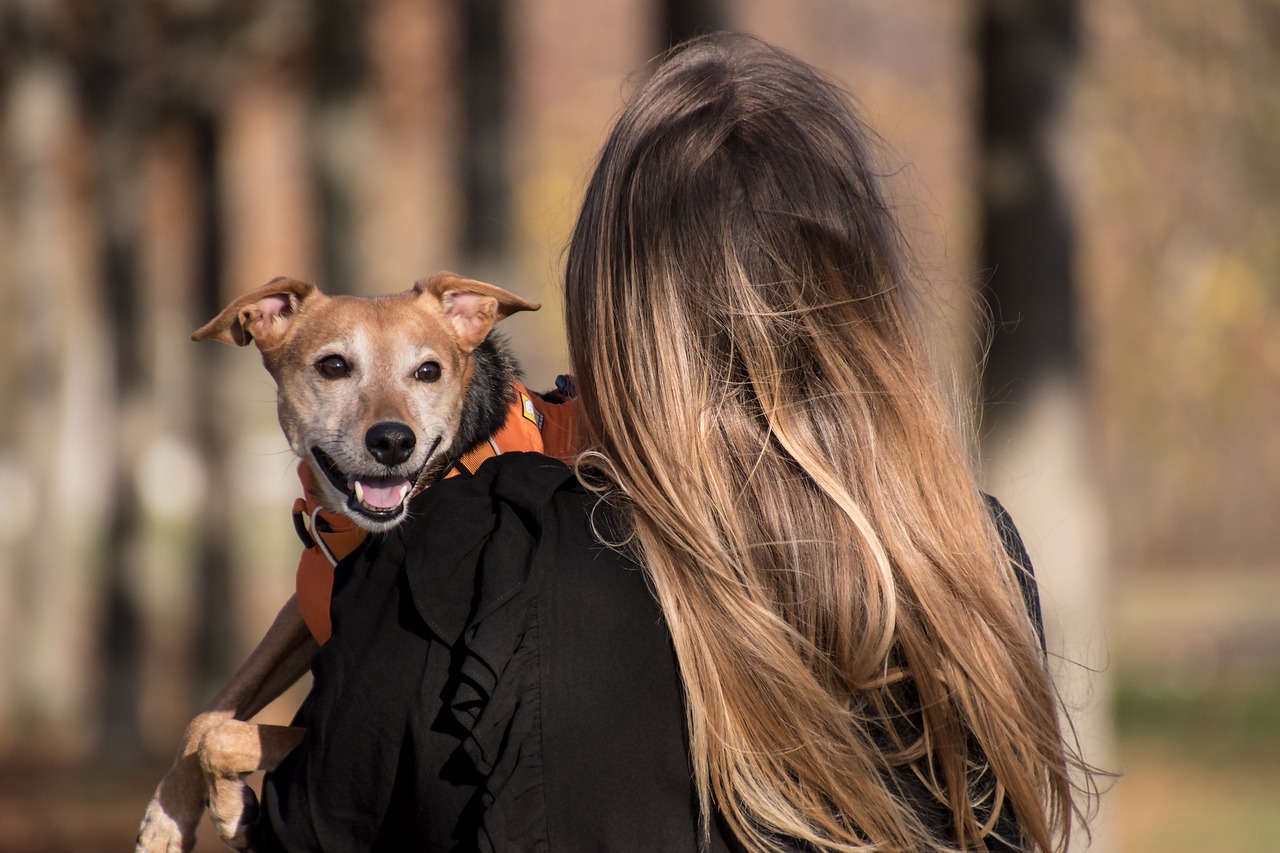
Avoiding Sharp Edges and Hazards
When it comes to creating pet furniture, safety should always top your priority list. Just like you wouldn’t want to live in a home filled with hazards, your furry friends deserve the same consideration. Imagine your pet bounding towards their new bed only to encounter a sharp edge that could cause injury. Ouch! That’s a situation we definitely want to avoid. So, let’s dive into some practical advice on how to ensure your DIY furniture is as safe as it is stylish.
First and foremost, when selecting materials for your projects, always inspect for any sharp edges. Wood is a popular choice for pet furniture, but it can sometimes have splinters or rough spots. Sanding down these areas is crucial. A simple sanding block can work wonders, transforming a potential hazard into a smooth, safe surface. Not only does this enhance safety, but it also gives your furniture a polished look that complements your decor.
Additionally, consider the design of your furniture. Corners can be particularly dangerous for curious pets, especially if they’re prone to running around. Rounded edges are a great way to mitigate this risk. Think of it like this: would you rather bump into a soft pillow or a hard corner? Exactly! So, when planning your designs, opt for curves over sharp angles whenever possible.
Moreover, let’s not forget about the materials you choose. Some finishes can be hazardous if ingested. For instance, certain paints and varnishes contain toxic chemicals that can be harmful to pets. Always opt for non-toxic finishes that are safe for both your pets and your family. This not only protects your furry friends but also gives you peace of mind knowing your home is a safe haven.
Here’s a quick checklist to consider when building your pet furniture:
- Inspect all materials for sharp edges and splinters.
- Sand down rough spots thoroughly.
- Choose rounded corners for tables and beds.
- Use non-toxic paints and finishes.
- Regularly check for wear and tear that could create hazards.
Finally, remember that safety doesn’t stop once the furniture is built. Regular maintenance is key. Just as you would check your home for potential dangers, make it a habit to inspect your pet furniture. Look for any signs of wear, and address them promptly to keep your pets safe and happy. By following these simple guidelines, you can create a cozy space for your pets that is not only functional but also free of hazards.
Q: How can I ensure my pet furniture is safe?
A: Always inspect for sharp edges, use non-toxic finishes, and regularly check for wear and tear.
Q: What materials are best for pet furniture?
A: Look for durable, pet-friendly materials like solid wood, and avoid anything with sharp edges or toxic finishes.
Q: Can I customize furniture for my pet?
A: Absolutely! Customizing furniture to fit your pet's size and needs is a great way to ensure comfort and safety.
Frequently Asked Questions
- What materials are safe for DIY pet furniture?
When creating DIY pet furniture, it's essential to choose pet-friendly materials. Look for non-toxic woods, durable fabrics, and finishes that are safe for both pets and humans. Some great options include birch plywood, solid hardwoods, and cotton or canvas fabrics that can withstand wear and tear.
- How can I make pet furniture that fits my home decor?
To ensure your pet furniture complements your home decor, consider color schemes and patterns that match your existing style. You can also create multi-functional pieces, like a pet bed that doubles as a stylish ottoman, blending seamlessly into your living space while providing comfort for your furry friend.
- What are some easy DIY projects for beginners?
If you're just starting with DIY, don't worry! Simple projects like building a pet bed from a wooden crate or creating a cat tree from cardboard are perfect for beginners. These projects are not only fun but also allow you to create personalized furniture that your pets will love.
- How do I ensure my pet furniture is safe?
Safety is crucial when building pet furniture. Always check for sharp edges and potential hazards. Use non-toxic finishes and make sure the furniture is stable and sturdy to prevent tipping. Regularly inspect the furniture for any wear and tear that could pose a risk to your pet.
- Can I customize pet furniture for different pet sizes?
Absolutely! It's essential to customize furniture to fit your pet's size and needs. Measure your pet carefully and adjust your designs accordingly. Whether you have a tiny Chihuahua or a large Labrador, ensuring that the furniture is the right size will keep your pet comfortable and happy.



















